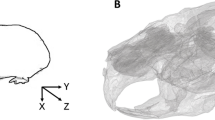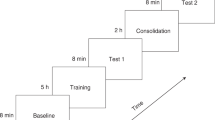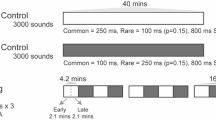Abstract
Sounds in the environment of a pregnant woman penetrate the tissues and fluids surrounding the fetal head and stimulate the inner ear through a bone conduction route. The sounds available to the fetus are dominated by low-frequency energy, whereas energy above 0.5 kHz is attenuated by 40 to 50 dB. The fetus easily detects vowels, whereas consonants, which are higher in frequency and less intense than vowels, are largely unavailable. Rhythmic patterns of music are probably detected, but overtones are missing. A newborn human shows preference for his/her mother's voice and to musical pieces to which he/she was previously exposed, indicating a capacity to learn while in utero. Intense, sustained noises or impulses produce changes in the hearing of the fetus and damage inner and outer hair cells within the cochlea. The damage occurs in the region of the inner ear that is stimulated by low-frequency sound energy.
This is a preview of subscription content, access via your institution
Access options
Subscribe to this journal
Receive 12 print issues and online access
$259.00 per year
only $21.58 per issue
Buy this article
- Purchase on SpringerLink
- Instant access to full article PDF
Prices may be subject to local taxes which are calculated during checkout
Similar content being viewed by others
Author information
Authors and Affiliations
Additional information
Supported by HIH grant HD 20084 and the U.S. Army.
Rights and permissions
About this article
Cite this article
Gerhardt, K., Abrams, R. Fetal Exposures to Sound and Vibroacoustic Stimulation. J Perinatol 20 (Suppl 1), S21–S30 (2000). https://doi.org/10.1038/sj.jp.7200446
Published:
Issue Date:
DOI: https://doi.org/10.1038/sj.jp.7200446



